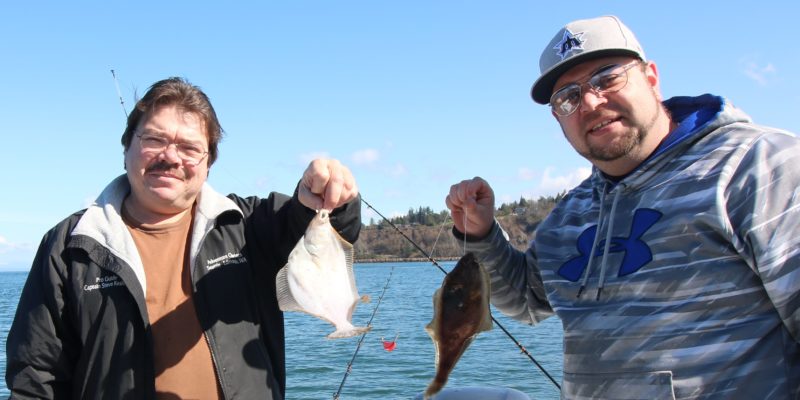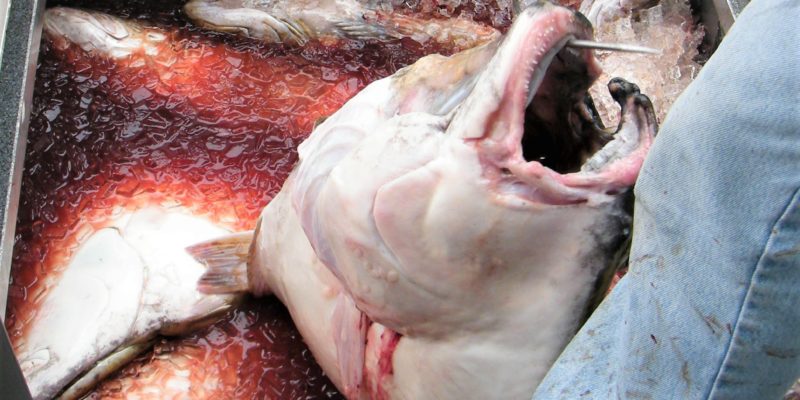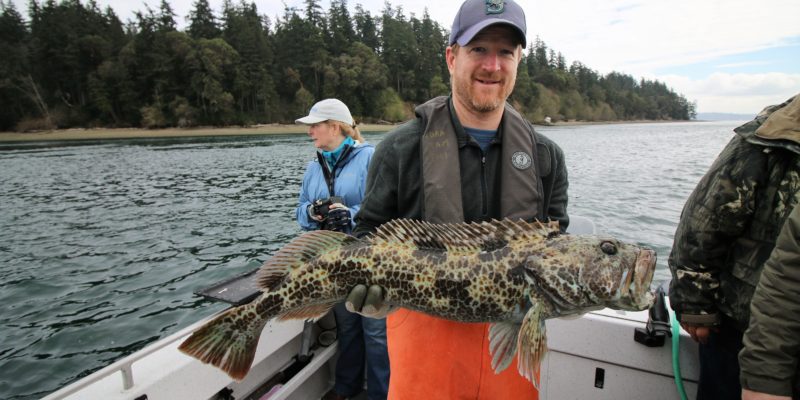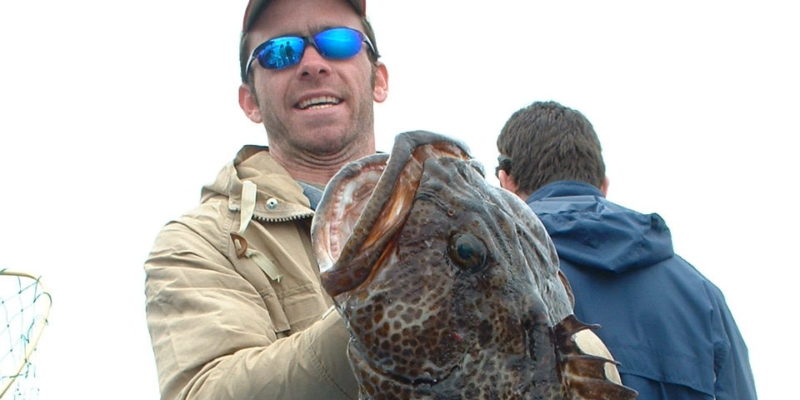
Puget Sound Flounder Fishing – an often overlooked opportunity.
Puget Sound Flounders, Soles, and Dabs
Sanddab along with other flatfish including several types of sole and flounder are all commonly referred to as flounder. On our flounder charters the bulk of our catch is pacific sanddab followed by rock sole.
Flounder fishing is open year round, however these fish migrate to inaccessible deep water in winter months. Puget Sound has a 120 ft restriction for all fishing other than salmon. This means you can not fish for them in water deeper than 120 feet. The purpose of this rule is to protect rock fish. In late April, flounder begin moving up on to sand flats and humps that are adjacent to deep water. They will then move progressively shallower onto sand flats and remain there throughout the Summer.
Very prolific and aggressive biters flounder fishing is a great choice for kids. Young kids usually don’t have the patience for a long wait for a trophy salmon. With these fish kids can drop down and usually get bit right away. They are also the right size for kids to handle by themselves. Flounder bite all day. There is no need to get up early in the morning. A 10 am flounder charter makes a great family mini vacation right in your own backyard.
In mid June small sharks, commonly called “dogfish”, move into the Sound from the Pacific. These sharks, about 3 ft. long with sandpaper -like skin and bright green eyes provide unexpected excitement for kids and adults alike. After mid June, dogfish are commonly caught while flounder fishing.
Sanddabs are Catching On
A little dab will do ya. Some gourmet restaurants specialize in sanddabs. There is a blog about the best restaurants that serve dabs. A quick google search yields a plethora of sanddab recipes including a couple from Emril Lagasse.
Seattle Fishing Charters
We are running flounder specials starting in late April just as the Spring weather is starting to get good!
Catching Flounder
Our flounder charters utilize a method called controlled drift fishing where a small auxiliary motor is utilized to counteract the effects of wind and tide to keep fishing lines as vertical as possible. The Captain will set the boat upstream from a known hotspot and then drift over it. If no fish are caught the boat is moved progressively over until fish are located. A hot flounder bite can yield 50 fish per hour.
Many types of bait are effective for flounder. Our preferred bait is halibut skin cut in a strip about 1/4 ” wide and 1.5″ long. The hook is run through a couple of times on one end with the other end left to wiggle. Flounder love halibut skin but the key to this bait is it’s toughness. A single piece of skin can fish for hours, catch dozens and dozens of fish without ever having to re-bait. This makes the fishing more efficient, more time spent with lines in the water. Similar to freshwater perch, flounder can be very cannibalistic. In a pinch flounder meat with skin attached makes an excellent bait.
We rig for flounder with a standard mooching or crescent sinker that is as light as possible for conditions, usually 3-4oz. Tie on a 2′ leader of heavy line 40 to 60# mono. Flounder are not leader shy and this allows us to unhook lots of fish without leader fray. It also gives us the ability to land small sharks that will bite right through a lite leader. You also never know what you may hook into, over the years we have caught cabazon, rays, large arrowtooth flounder and even salmon while flounder fishing.
Hook size can be an important choice. If you are after only big flounder you can use a large 4/0 or 5/0 hook that is too big for the mouth of a smaller fish and you won’t waste time on the little ones. We also catch flounder to use as live bait for lingcod, in which case the smaller the better, so we use a small 1/0 hook.
Common fishing depths are 40-100 ft. An angler should spool all the way to the bottom then crank up about 2 feet. Flounder are on or near the bottom but both eyes are on the same side of their head and they look up. If your bait is just above the bottom more fish will see it. The rod tip should be held low, close to the water. Flounder are very subtle biters. You will feel a soft “tapping”, immediately raise your rod to hook the fish. We do this to try and avoid the fish swallowing the bait. If the fish does not get hooked immediately lower your rod tip and the fish will come right back and eat it again. What we love about flounder is that they are dumb!


